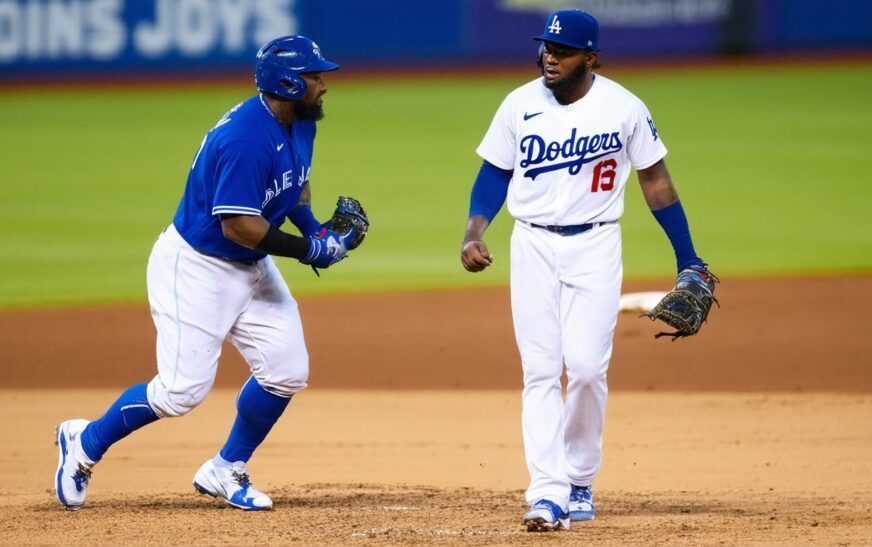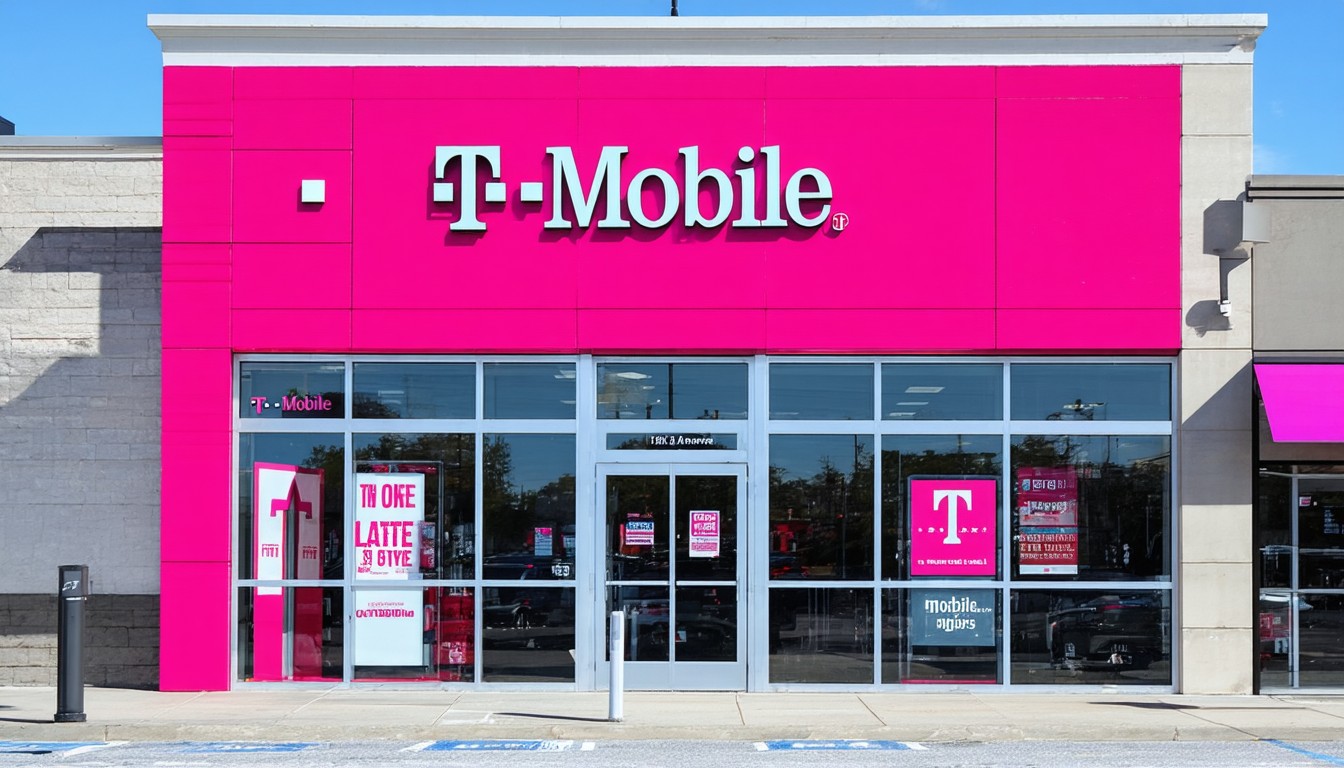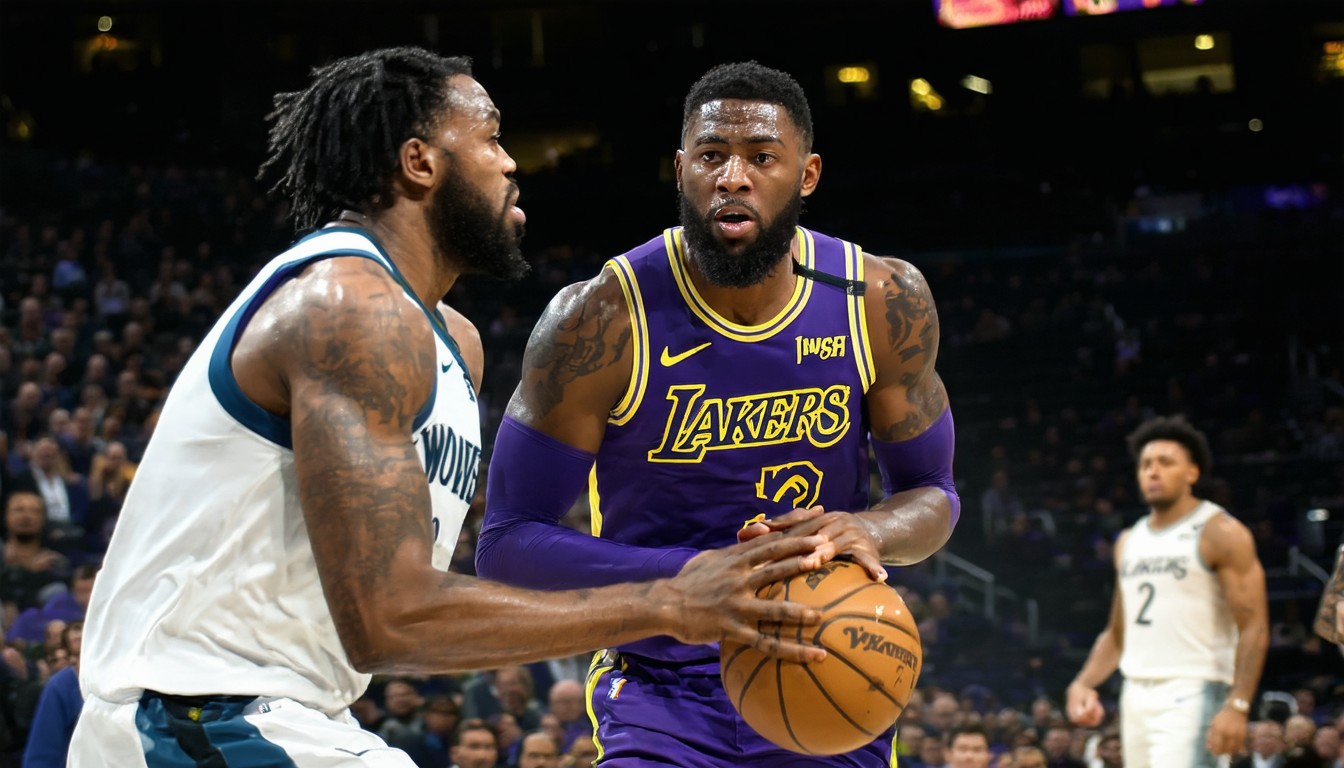The television landscape continues to thrive with fresh adaptations and bold reimaginings, and “High Potential” stands out as a prime example of this evolving genre. Drawing inspiration from the critically acclaimed French series “HPI (Haut Potentiel Intellectuel),” this crime procedural brings together an eclectic and engaging cast to unravel mysteries with wit, heart, and complex performances. As viewer appetite for character-driven shows grows, the “cast of High Potential” has quickly become a focal point, elevating the show’s appeal through standout portrayals and nuanced dynamics.
Understanding “High Potential”: The Series’ Core
At its heart, “High Potential” revolves around a single mother with an exceptionally high IQ thrust into the world of crime-solving. While her methods are unorthodox, her results are often brilliant—making for compelling procedural drama. Rather than relying solely on well-trodden tropes, the series takes time to flesh out its central figures, allowing audiences to connect with the characters beyond weekly mysteries.
A successful ensemble cast is more than just star power; it’s about finding the right chemistry and depth to carry serialized storytelling. “High Potential” manages this balance, weaving together dynamic leads, solid supporting roles, and guest appearances that add texture to each episode.
Main Cast Members: Who’s Who in “High Potential”
Kaitlin Olson as Morgan
Emmy-nominated actress Kaitlin Olson leads as Morgan, the show’s brilliant, unconventional protagonist. Known for her sharp comedic timing from “It’s Always Sunny in Philadelphia” and “The Mick,” Olson brings a unique blend of humor and vulnerability to a character struggling to balance genius-level intellect and relatable everyday chaos.
Olson’s portrayal is often at the center of the show’s dramatic and comedic moments, anchoring the narrative with a believable sense of urgency and determination. Her interpretation of Morgan goes beyond stereotype, blending observational wit with raw emotional resonance.

“Kaitlin Olson doesn’t just play a character with a high IQ; she embodies the struggle of being out of place in both work and family life, grounding the extraordinary with the everyday,” observes TV critic Alicia Harper. “This relatability is what makes her performance magnetic.”
Daniel Sunjata as Karadec
Daniel Sunjata fills the role of Karadec, Morgan’s skeptical law enforcement partner. With notable roles in “Rescue Me,” “Graceland,” and “The Dark Knight Rises,” Sunjata combines gravitas with a subtle sense of humor, providing a nuanced counterbalance to Olson’s energetic style. His character’s initial reluctance morphs gradually into professional respect and partnership—a familiar yet rewarding dynamic for loyal procedural fans.
Judy Reyes as Selena
Judy Reyes, celebrated for her work in “Scrubs” and “Claws,” brings charisma and heart to Selena, a detective whose pragmatic approach and empathy frequently steer the team through sensitive cases. Selena’s backstory and motivations are slowly revealed across the series, often providing vital connective tissue between episodic mysteries and long-term emotional arcs.
Supporting Cast and Recurring Roles
Beyond the leads, “High Potential” benefits from an ensemble that enriches its world:
- Derek Webster as Captain Parsons: The pragmatic yet supportive precinct chief who keeps the team focused.
- Nevaeh Jahmad as Ava: Morgan’s teenage daughter, whose subplot explores the challenges of growing up with a parent who oscillates between genius and chaos.
- Matthew Lamb as Officer Pete: Comic relief and occasional moral compass for the investigative team.
The presence of guest stars—many of whom are notable from the broader TV ecosystem—ensures a fresh dynamic each week. Their roles, ranging from suspects to victims and witnesses, contribute to the show’s unpredictable rhythm.
Casting Dynamics: Why This Ensemble Works
Chemistry and Contrast
Great television often hinges on the sparks between its characters. “High Potential” intentionally juxtaposes Morgan’s spontaneous brilliance with Karadec’s methodical skepticism and Selena’s grounded empathy. The blend creates tension, authentic conflicts, and, crucially, moments of levity that humanize the procedural aspects.
Critics have noted that this balanced dynamic is crucial for audience investment. Unlike formulaic “case of the week” dramas, the show builds emotional stakes, allowing each cast member’s performance to shine against the ensemble backdrop.
Representation and Depth
The “cast of High Potential” stands out in its commitment to diversity and layered storytelling. By giving room for characters’ personal struggles—whether related to parenthood, cultural expectations, or career plateaus—the show acknowledges the complexities often glossed over in traditional procedural formats. This, in turn, resonates with contemporary audiences looking for multifaceted representation.
Real-World Impact: Audience Reception and Trends
Ratings and Viewer Response
Crime procedurals, when reimagined with fresh perspectives and diverse ensembles, tend to attract both established and new viewers. “High Potential” has echoed this trend, with strong premiere ratings and ongoing social media engagement. Many fans highlight the relatable challenges faced by Morgan as a single, working mother, as well as the authentic relationships among the broader cast.
The Value of Adaptation
The decision to adapt “HPI (Haut Potentiel Intellectuel)” for an English-speaking audience was rooted in the original’s widespread popularity in France and beyond. Industry observers note that “High Potential” retains the unique tone and narrative complexity that made the source material successful, thanks in large part to effective casting.
“Adapting a foreign hit isn’t just about translating words; it’s about finding actors who can bridge cultural gaps and bring universal themes to life,” notes industry analyst Jordan Case. “The ‘High Potential’ cast is a testament to that philosophy.”
Comparison with Other Procedurals
Unlike more formulaic fare, “High Potential” distinguishes itself by allowing its actors room to improvise and develop organic relationships—a trend that’s increasingly sought after in today’s competitive landscape. The show’s casting choices align with a broader movement towards authentic, lived-in storytelling, reminiscent of hits like “Bones” or “The Mentalist,” but with a tone all its own.
Exploring Character Arcs and Future Developments
Looking to the future, producers have hinted at ongoing character growth and evolving dynamics within the team. With each episode uncovering more about the personal lives and motivations of its key players, the cast’s chemistry remains a persistent draw.
While crime-solving remains the program’s central engine, the writers’ willingness to invest in nuanced backstories ensures that viewers keep tuning in not just for the mystery, but for the personalities involved.
Conclusion: Star Power with Staying Power
The success of “High Potential” can largely be attributed to its thoughtful casting and the authentic interplay between its main stars and supporting characters. By investing in diversity, chemistry, and narrative depth, the show transforms familiar procedural elements into fresh, character-driven television. As the series continues to reveal new layers, both in character and story, audiences witness the tangible impact that a well-matched cast can have on a show’s enduring popularity.
FAQs
Who is the lead actress in “High Potential”?
Kaitlin Olson stars as Morgan, the show’s central character known for her exceptional intelligence and unconventional approach to crime-solving.
Is “High Potential” based on another show?
Yes, it is adapted from the popular French series “HPI (Haut Potentiel Intellectuel),” retaining the original’s blend of humor and drama.
What makes the cast of “High Potential” stand out?
The show features a diverse and experienced ensemble, with strong on-screen chemistry and a focus on both procedural storytelling and deeper character arcs.
Are there notable guest stars in “High Potential”?
Many episodes feature guest appearances by well-known actors, adding variety and fresh dynamics to the show’s core investigative team.
How has the audience responded to the cast?
Viewers praise both the individual performances and the group dynamics, often citing the cast’s authenticity and emotional depth as reasons for the show’s appeal.
Does the series focus more on character development or crime-solving?
While procedural elements are central, equal attention is given to character backstories and interpersonal relationships, making the show appealing to a broad audience.











